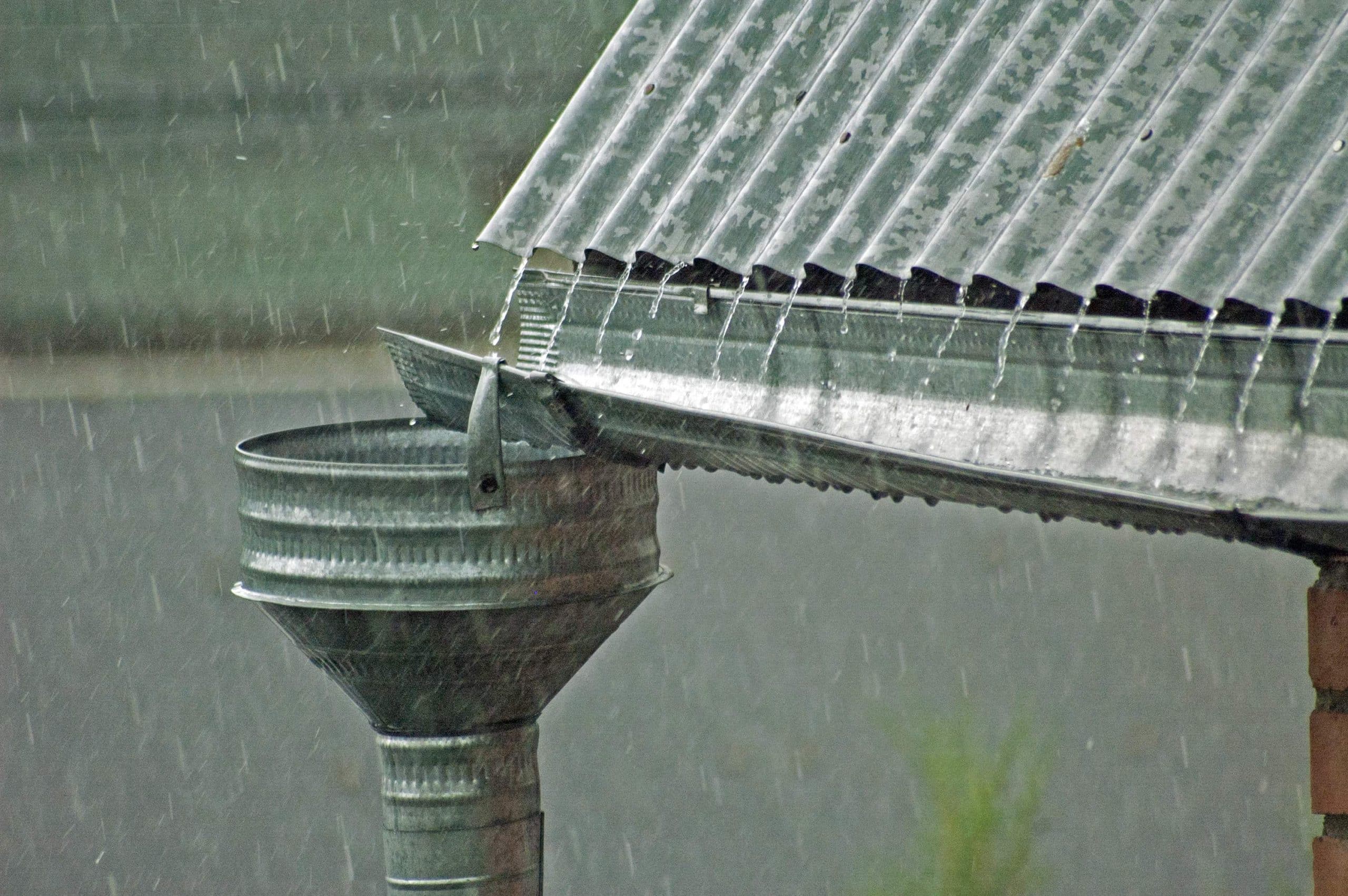In order to calculate the rainwater collection surface area requires consideration of several factors such as average rainfall, catchment efficiency, and storage capacity. In this guide, we’ll walk you through the steps to calculate the rainwater collection surface area needed for your rainwater collection system.
Factors to Consider
The first step to calculate the rainwater collection surface area is to gather information about your region’s average annual rainfall. This can typically be found on weather websites or by contacting your local weather station. The higher the annual rainfall, the more water you can potentially collect.
Next, consider the catchment efficiency of your chosen collection surface. This refers to how effectively the surface can capture and channel rainwater into a storage tank or reservoir. For example, a smooth metal roof will have a higher catchment efficiency than a gravel ground surface.
Finally, determine the storage capacity you need for your rainwater collection system. This will depend on the intended uses of the collected water, such as irrigation or household use.
Calculating Surface Area
To calculate the rainwater collection surface area needed for rainwater collection, you can use a simple formula:
Surface Area = (Total Water Needed ÷ Average Annual Rainfall) × Catchment Efficiency
For example, let’s say you need 20,000 gallons of water per year for irrigation and your region has an average annual rainfall of 40 inches. If you choose a metal roof with a catchment efficiency of 90%, the calculation would be as follows:
Surface Area = (20,000 gallons ÷ 40 inches) × 0.90
Therefore, the surface area needed for your rainwater collection system would be approximately 450 square feet.
Additional Considerations
Keep in mind that these calculations are only estimates and should be adjusted based on your specific circumstances. Other factors to consider include the size of your storage tank or reservoir, the slope of your catchment surface, and potential obstructions such as trees or buildings.
It’s also important to regularly maintain and clean your rainwater collection surface area to ensure maximum efficiency. This can include removing debris, repairing any damage, and treating the surface to prevent algae or bacterial growth.
In conclusion, calculating the rainwater collection surface area needed for rainwater collection is an important step in setting up a sustainable water supply system. By considering factors such as annual rainfall, catchment efficiency, and storage capacity, you can determine the appropriate surface area for your needs. Remember to factor in maintenance and upkeep to ensure your system continues to function effectively. So go ahead and start calculating – a reliable source of water awaits! Happy collecting

Leave a Reply
You must be logged in to post a comment.